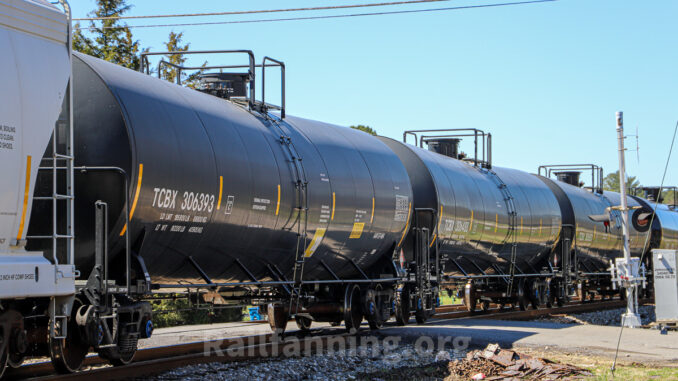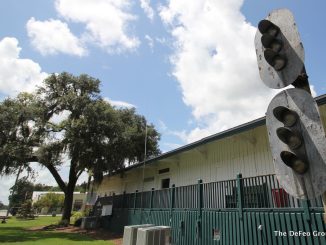
(The Center Square) — The U.S. Senate Commerce Committee on Wednesday advanced a measure that ostensibly aims to increase safety on the nation’s railroads.
Lawmakers introduced the Railway Safety Act of 2023, S.576, following a Feb. 3 Norfolk Southern Railway derailment in East Palestine, Ohio.
“Today’s vote was a bipartisan victory for railway safety in America,” U.S. Sen. J.D. Vance, R-Ohio, one of the measure’s co-sponsors, said in a statement after its passage. “The tragedy in East Palestine can never be undone, but with the advancement of this legislation, we are moving one step closer to ensuring this never happens again.”
Among its provisions, the legislation increases the frequency of “defect detection” technology, which lawmakers say could have prevented the Ohio derailment and mandates two-person train crews for railroads. It would also require railroads to inform state officials about hazardous materials traveling through local jurisdictions and increase civil penalties for violations.
The legislation also increases HAZMAT registration fees for Class I railroads.
Following its passage, the Association of American Railroads called on policymakers to continue refining the legislation. In a statement, AAR President and CEO Ian Jefferies said each provision of a safety proposal “should be clearly designed to rectify a current safety challenge” but argues the legislation “falls short” of that goal.
“Committee negotiations on the Rail Safety Act have yielded substantive improvements that advance stakeholders’ shared goal – enhancing rail safety, supporting first responders and keeping our communities safe,” Jefferies said. “Railroads support items of this bill and remain fully committed to working with the Committee and all members of the Senate to build on these improvements, with the ultimate goal of ensuring all provisions result in meaningful data-driven safety advancements that all can support.”
“At the same time, challenges remain with certain provisions, including those that mandate crew staffing models, expand hazmat transportation operating requirements, micromanage detector networks, and unnecessarily broaden manual inspections,” Jefferies added.
In a statement, Chuck Baker, president of the American Short Line and Regional Railroad Association, which represents more than 600 smaller freight railroads and hundreds of industry suppliers, said the measure represents “meaningful progress towards recognizing the unique needs of smaller freight railroads across the country and mitigates many of the unintended consequences that we were concerned about.”
“However, due to the interconnected nature of the U.S. freight rail system, short lines are still apprehensive that this broad set of proposed new regulations would have repercussions throughout the supply chain, may ensnare smaller railroads directly regardless of the legislation’s intent, and that funding proposals in the legislation may diminish opportunities for short line safety improvements,” Baker said.




